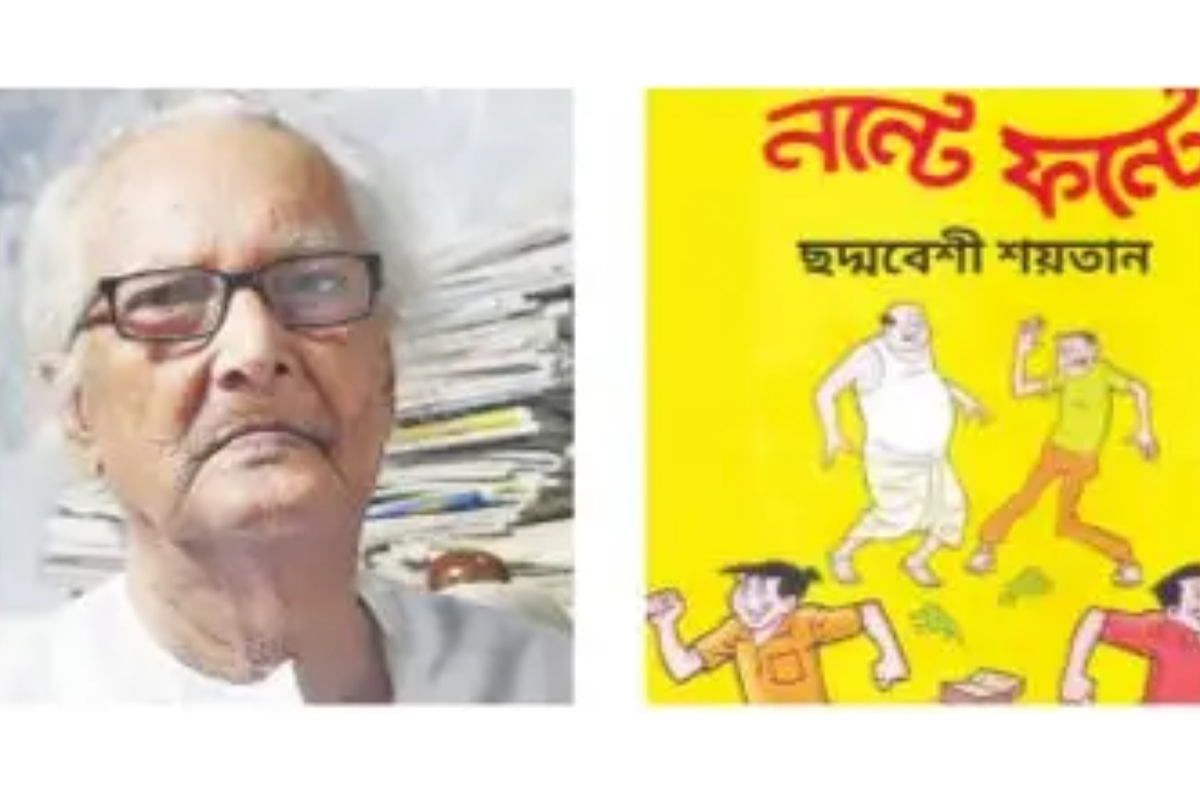Italian Jazz musicians laud Francesca Amalia’s exhibition
Francesca revealed that much of her abstract compositions draw inspiration from music, particularly classical and jazz.
A month-long exhibition on the evolution of Bengali comics will be inaugurated on 9 February.

(photo:SNS)
A month-long exhibition on the evolution of Bengali comics will be inaugurated on 9 February.
During the exhibition, discussions on the development of Bengali comics will be held with noted illustrators and artists like Subrata Gangopadhyay and Debashis Deb joining in.
On 17 February, Sandip Ray will talk to Debashis Sen, member of the editorial team, Sandesh on Bangla comics o Sandesh.
Advertisement
This is for the first time when such an exhibition will be held. The experts will discuss the role of Bengali comics from different angles. The topics that will be discussed include violence and aggression in Bengali comics, women in comics among others.
In the 1960s and 1970s, Bengali comics were hugely read by children and young adults. Even the adults and even the elderly were addicted to Bengali comics.
Suktara, a monthly magazine for children used to bring out comic strips like Handa Bhonda and Batul the Great. Kishore Bharati, another children’s magazine, used to bring out Nonte Phonte. The characters depicted in the comic strips were hugely popular.
Aranyadeb brought out by Indrajal Comics was a household name in Bengal. Aranyadeb was the Bengali version of The Phantom, an immortal creation of Lee Falk, an American cartoonist, writer, and theatre director. He also created Mandrake, the magician whose Bengali version was highly popular.
The Puja number of Kishore Bharati used to bring out a detective story Black Diamond in comic form and whose central character was detective Indrajit Ray.
Batul the Great, an immortal creation of cartoonist Narayan Debnath was a popular character in every Bengali household.
Batul symbolised ultimate strength. In a bid to douse a flame that had occurred in a circus, Batul had used an elephant that took water from a pond situated next to the tent where the circus was being held and sprinkled it to put out the flame.
During the Indo-Pak war in 1971 Batul was seen lifting a Patton tank to attack the enemy. During football matches, Batul kicked the ball so hard that it reached the moon and came down to the world covered with ice.
The stories of Nonte Phonte, circled round a boarding school. The duo unmasked Keltu da, who tried to bully them before the hostel superintendent. Nonte and Phonte were classmates.
Handa and Bhonda caused great trouble for their uncle. These comics were so popular that family members irrespective of age and sex became engaged in friendly scuffle over who would first read the comic strips.
Advertisement